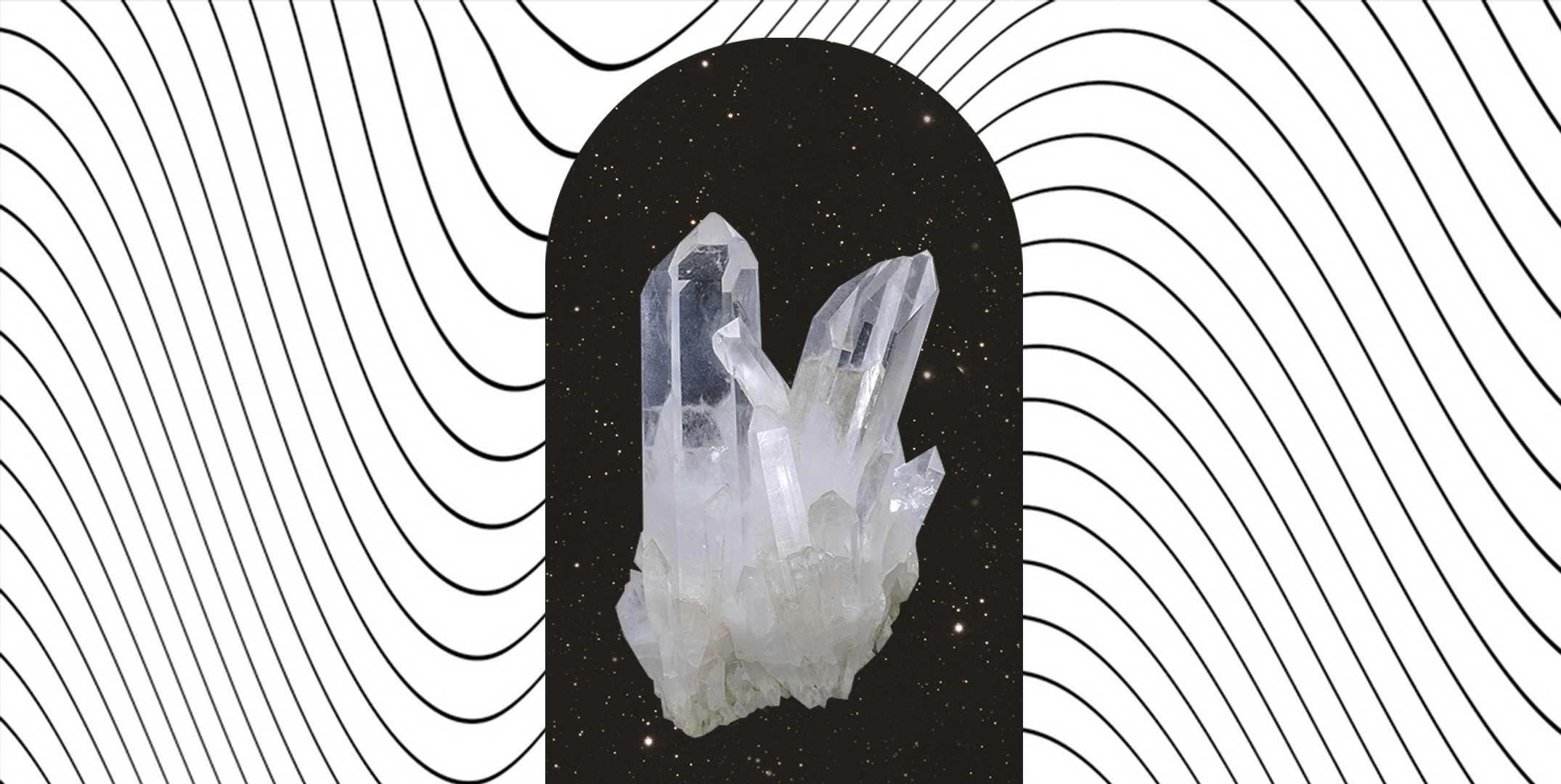
Other types of stones make the pet's urine pH more acid (below 7.0).Struvite stones and the bacterial infection make the pet's urine pHmore alkaline (above 7.0).Urine pH is strongly influenced by the pet's diet. Other Types of Bladder StonesĬalcium Oxalate Stones and other types normally form in acidic urine. Please check the Bladder Infection Remedies section to read about other natural remedies. They have used the apple cider vinegar either mixed with food or diluted with water, cranberry, iodine, vitamin C or sea salt. People have told us about many different ways to treat a pet with apple cider vinegar. The most popular remedy used by Earth Clinic readers for treating a pet's bladder infection is organic apple cider vinegar. Natural Treatments for the Bladder Infections Associated with Struvite Stones in Dogs and Cats Since struvite crystals indicate a bacterial infection, the infection must be treated. Bacterial infections, or cystitis, play a major role in forming struvite stones as bacteria generally make the urine more alkaline.

Struvite stones tend to develop when the urine pH is alkaline, with a pH higher than 7.0. There are a number of possible factors, including genetic predisposition, urine pH, bacterial infections and the concentration of the stone constituents in the urine. What Causes Animals to Develop Bladder Stones? Struvite stones are composed of magnesium ammonium phosphate other types are composed of calcium oxalate, calcium phosphate or other chemical compounds. Different breeds tend to form different types of stones. The stones are formed of microscopic crystals which unite over time, eventually forming stones as large as 3"-4" in diameter. In dogs and cats, they may be found in the bladder, kidneys, ureters (urine is carried from the kidneys to the bladder in these tiny tubes) or urethra (the tube that goes from the bladder to outside the dog or cat). The stones can actually form at any point in the urinary tract, although most stones are found in the bladder. The stones might be discovered during a routine vet visit or spotted on x-rays. It's possible for a dog or cat to have bladder stones (urinary calculi) without any symptoms at all. He may try to urinate frequently, but is only able to pass a small amount, although he or she is trying very hard, for longer than usual.

It's frightening to see blood in your pet's urine.


 0 kommentar(er)
0 kommentar(er)
